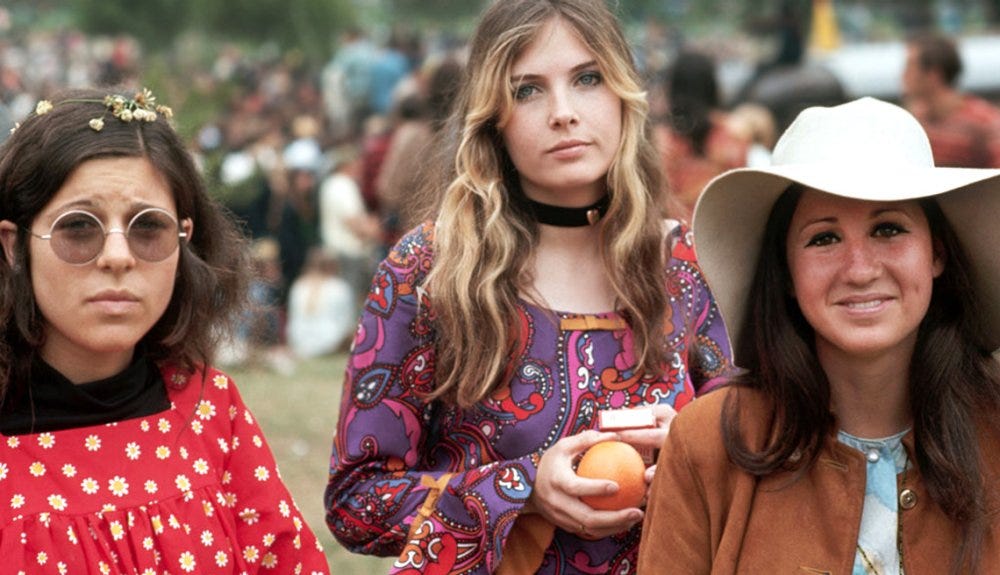The Summer of Love
The Summer of Love, occurring in the summer of 1967, stands as a pivotal moment in the 1960s counterculture movement.
The Summer of Love, occurring in the summer of 1967, stands as a pivotal moment in the 1960s counterculture movement, drawing thousands of young people to San Francisco, California, and marking the zenith of the hippie movement. This period was characterized by an explosive manifestation of cultural and social change that emphasized peace, love, freedom, and experimentation with new ways of living.
Origins
The roots of the Summer of Love can be traced back to the early 1960s counterculture and civil rights movements, with significant influences from the Beat Generation of the 1950s. The Human Be-In event in January 1967, as previously mentioned, served as a precursor, symbolically uniting various elements of the counterculture and setting the stage for the larger social phenomenon that the Summer of Love would become.
San Francisco and Haight-Ashbury
San Francisco, and particularly its Haight-Ashbury district, became the epicenter of the Summer of Love. The area was already a hub for bohemian artists, writers, and musicians, and its cheap housing attracted many young people. As word spread, thousands of individuals from across the United States and beyond converged on the neighborhood, drawn by the promise of a community that shared their ideals of peace, love, and communal living.
Cultural Impact
The Summer of Love had a profound cultural impact, manifesting in music, fashion, art, and attitudes towards life and society. Music was a central element, with artists like The Grateful Dead, Jefferson Airplane, Janis Joplin, and Jimi Hendrix becoming icons of the era. The psychedelic rock that defined the period was not just music to listen to; it was an auditory expression of the desire to break free from conventional society and explore new realms of consciousness, often aided by psychedelic drugs like LSD.
Fashion also took a distinctive turn, with colorful, flowing clothes, beads, and flowers becoming symbols of the movement. This style was not just a fashion statement but a form of political expression, rejecting the materialism and conformity of the mainstream culture.
Societal Impact and Legacy
The Summer of Love also had significant societal impacts. It brought attention to alternative lifestyles, questioning the status quo of social, political, and sexual norms. The movement was inherently tied to the anti-Vietnam War movement, and many participants were actively involved in peace protests and other forms of political activism.
However, the influx of people to Haight-Ashbury also led to problems, including overcrowding, homelessness, and drug abuse. By the end of the summer, the original ideals of the movement began to dissipate, leading many to declare the death of the hippie movement.
Despite its challenges and the eventual decline, the legacy of the Summer of Love endures. It represents a moment when youth culture rose to challenge the prevailing norms of society, leaving a lasting impact on music, art, fashion, and attitudes towards peace, love, and community. The Summer of Love symbolizes a time of idealism and hope, its influence still felt in various cultural and social movements aiming for a better world.



